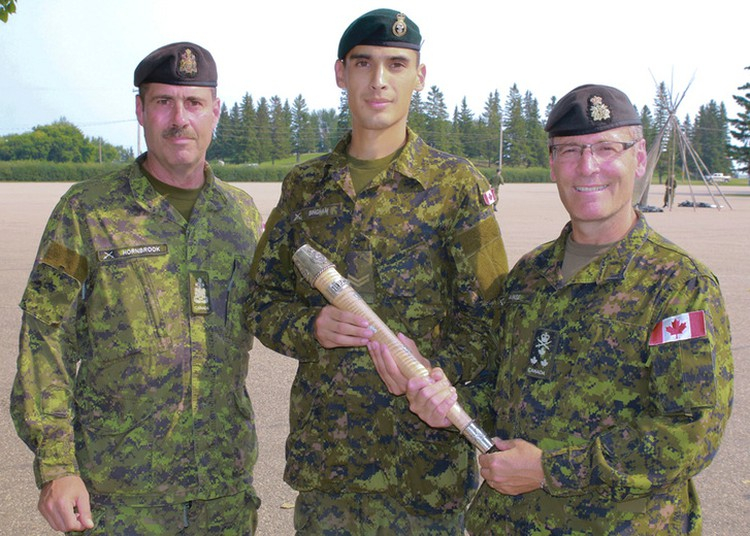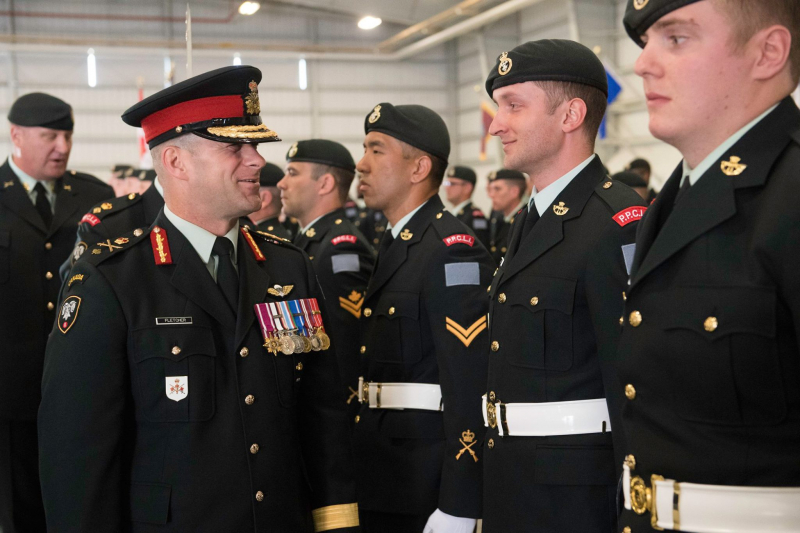Princess Patricia’s Canadian Light Infantry
Having the term "princess" in the name of a regiment is not ideal, at least by Western standards, and this was especially true in the 1950s. After the events of April 24–25, 1951, the teasing most certainly came to an end. In response to a significant Chinese onslaught, the 2nd Battalion of the Princess Patricia's Canadian Light Infantry was then sent to Hill 677 to protect the withdrawal of the South Korean army across the Kapyong River Valley, some 10 miles from the 38th Parallel.
On April 23, the 3rd Battalion of the Royal Australian Regiment engaged the Chinese and was forced to retreat after sustaining significant losses, demonstrating exactly how difficult the situation was for the 700 Canadians. The Canadians were attacked in waves the following day by 5,000 Chinese soldiers, some of whom were operating at night.
To maintain the line, desperate tactics were required, such as a wounded private launching three one-man counterattacks. Another time, Lt. Michael Levy used his own position as a target for Canadian artillery fire to repel an assault. The only thing keeping the Canadians alive toward the end of the conflict was airdropped food. In the end, their bravery and sacrifice would give the UN forces time to reorganize and thwart the broader Chinese onslaught.
Active: 10 August 1914 – present
Country: Canada
Branch: Canadian Expeditionary Force, Canadian Army
Type: Infantry
Role: Mechanized infantry (two battalions), Light infantry (one battalion)
Size: Three battalions
Part of: Royal Canadian Infantry Corps












